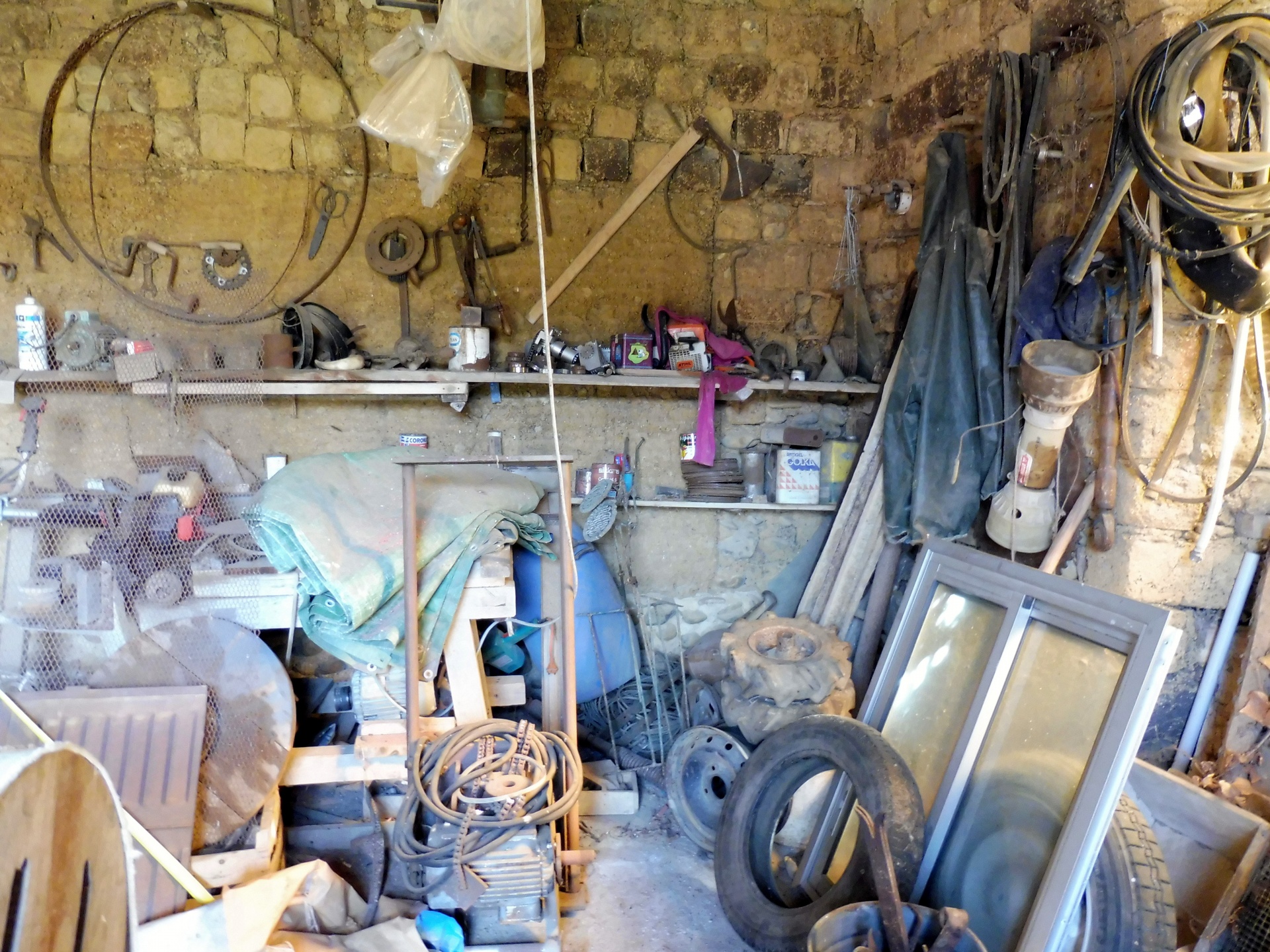Imagine you’re caught in a situation where the power’s out, stores are closed, and you’re left wondering what to eat. Having the best emergency food on hand can make all the difference. Whether it’s a natural disaster or an unexpected event, being prepared with nutritious, long-lasting food is crucial.
In this article, you’ll discover top-rated emergency food options that not only have a long shelf life but also taste great. From freeze-dried meals to energy bars, we’ll guide you through choices that ensure you and your loved ones stay well-fed during any crisis. Let’s dive into the essentials that can turn a stressful situation into a manageable one.
Understanding Emergency Food Essentials
Emergency food provides essential nutrients during crises like natural disasters. Its shelf life and nutritional value matter most.

What Is Emergency Food?
Emergency food includes items with long shelf lives and easy preparation. Examples include freeze-dried meals, canned goods, and energy bars. These foods require minimal cooking and offer essential nutrients.
Why It’s Important to Have Stock
Having emergency food ensures you remain nourished during crises. It offers peace of mind when access to stores is limited. Proper stockpiles reduce stress and improve survival chances.
Types of Emergency Food Available
Canned Goods and Non-Perishables
Canned goods provide a reliable and convenient food source. They include vegetables, fruits, meats, and soups. These items often have a long shelf life, from 1 to 5 years, and are easy to store. When access to fresh produce is impossible, canned goods ensure essential nutrients. Beans and legumes in cans serve as excellent protein sources. Make sure to keep a manual can opener in your emergency kit.
Freeze-Dried Meals and MREs
Freeze-dried meals offer lightweight, space-saving options. They come in various flavors, from pasta to breakfast meals. To prepare, simply add hot water and wait a few minutes. Meals, Ready-to-Eat (MREs), used by the military, are complete meals in sealed packaging. MREs can be eaten hot or cold and often include an entree, snack, and dessert. Both options have long shelf lives, often up to 25 years for freeze-dried meals and 5 years for MREs.
Criteria for Choosing the Best Emergency Food
When selecting emergency food, it’s crucial to consider shelf life, storage needs, nutritional value, and taste.
Shelf Life and Storage Requirements
Shelf life matters when choosing emergency food. Aim for items with extended shelf lives. Freeze-dried meals can last up to 25 years, while canned goods range from 1 to 5 years. Store food in a cool, dry place to maintain longevity. Use airtight containers for added protection.
Nutritional Content and Taste
Nutritional content ensures you receive necessary nutrients. Look for balanced meals with proteins, carbs, and fats. Freeze-dried meals and MREs often provide comprehensive nutrients. Taste impacts morale during emergencies. Explore brands that emphasize flavor without compromising nutrition.
Top-Rated Emergency Food Kits
As a homeowner and home builder, you understand the importance of reliable emergency food supplies. These top-rated kits offer practical solutions.
Best Overall Emergency Food Kit
Mountain House Classic Bucket provides 30 servings of freeze-dried meals, such as beef stroganoff and scrambled eggs. It boasts a 30-year shelf life and is easy to prepare with just water. Ideal for long-term storage and quick meals during emergencies, it’s designed to offer maximum nourishment and flavor.
Best Value Emergency Food Kit
Augason Farms Emergency Food Supply delivers over 1,000 servings for an affordable price. It includes a variety of meals like creamy potato soup and maple oatmeal. With a 25-year shelf life, this kit balances cost and quantity, ensuring you get ample nourishment without breaking the bank.
How to Store Emergency Foods Properly
Properly storing emergency foods maximizes their shelf life and ensures they remain safe to eat. Follow these guidelines to keep your food in the best condition.
Tips for Long-Term Storage
- Choose the Right Location: Store food in a cool, dry place with a consistent temperature. Basements and pantries work well.
- Use Airtight Containers: Use containers that seal tightly to protect food from moisture and pests.
- Label Everything: Clearly label each container with the contents and the date of storage.
- Rotate Stock: Use the first-in, first-out (FIFO) method to ensure older items are used first.
- Use Oxygen Absorbers: Place oxygen absorbers in containers to extend shelf life.
- Avoid Sunlight: Keep food out of direct sunlight, which can degrade quality.
- Don’t Store Near Chemicals: Keep food away from cleaning products and chemicals to prevent contamination.
- Check Regularly: Inspect your storage area for leaks or pests every few months.
- Avoid High Humidity: Ensure the storage area is dry. Use a dehumidifier if needed.
- Don’t Overstack: Avoid stacking items too high to prevent damage to packaging.
« Discover the Best Whiskey Stones for Perfectly Chilled Drinks Without Dilution
Unlock Your Health Goals: Discover the Top 10 Best Bathroom Scales of 2023 for Accurate Tracking »
Following these tips and avoiding common mistakes will help you maintain your emergency food supply effectively.
Conclusion
Having a reliable emergency food supply is crucial for any unexpected situation. By choosing top-rated kits like the Mountain House Classic Bucket or Augason Farms Emergency Food Supply, you’re already on the right track. Proper storage is key to ensuring your food stays safe and lasts as long as possible.
Remember to store your food in the right location, use airtight containers, and label everything. Rotating your stock and using oxygen absorbers can make a big difference. Keep an eye out for leaks or pests, and manage humidity levels to avoid spoilage.
By following these tips, you’ll have peace of mind knowing your emergency food supply is ready when you need it most. Stay prepared and stay safe!















